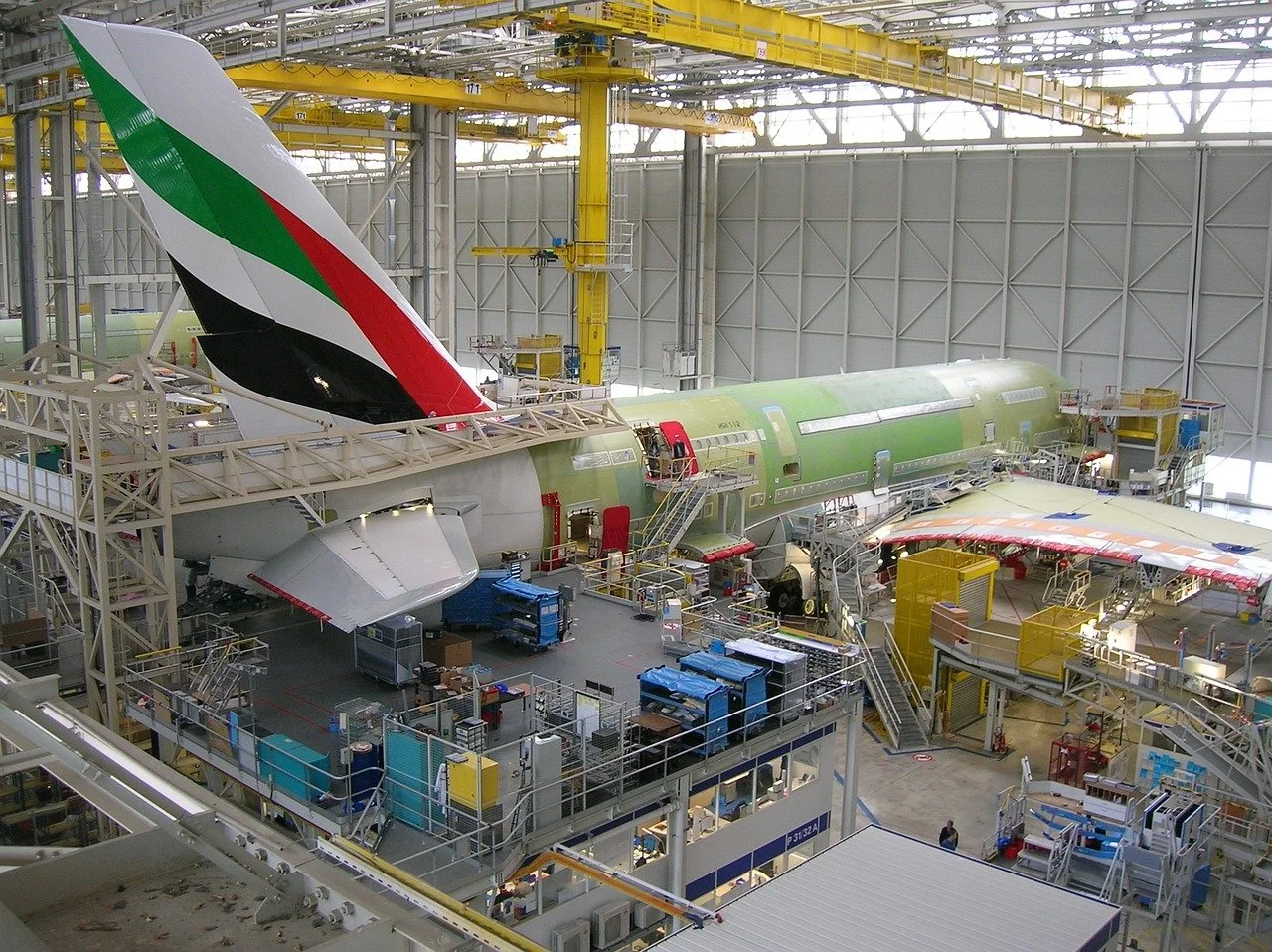We've all heard it before: safety first. But let's be honest, there are times when those safety measures at work seem like a hassle, right? Therefore, it's tempting to skip them and save some time and effort.
But here's the thing – a little extra time spent on safety is always worth it. After all, nobody wants to get hurt at work, right?
So, whether you're a supervisor responsible for your team's safety or own a manufacturing unit, we have some straightforward tips to help establish a secure workplace.
Let's dive in and explore these six best practices!
Proactive Hazard Identification
When talking about keeping a manufacturing unit safe, it's like being a detective looking for anything that could go wrong. This is called Proactive Hazard Identification. Simply put, you must keep your eyes wide open for any risks in how you make things.
For example, if you're generating hydrogen, you must check if there’s anything around that might make the process unsafe.
Hazardous Material Handling
Handling chemicals and materials in a manufacturing unit can be a daunting task. But with the right approach, you can make it safe and seamless. To begin with, the right equipment must be installed.
It is your manufacturing unit's superhero, safeguarding your employees and the environment from potential risks. One of the most effective equipment that has gained popularity is CRN-certified Clark Cooper’s ER Series valves. They regulate the flow of chemicals and ensure that everything moves where it should, without any unwanted leaks or spills.
Well, installing the right equipment is just part of the equation. Employees must also be trained in how to use this material handling equipment effectively and safely. That’s what the next practice is all about!
Comprehensive Employee Training
Well-informed, trained employees ensure a safe, happy workplace by using machines, handling materials properly, and preventing accidents.
But how do you make sure that employees are trained well? For this, you must create a good safety training program. It will help to have the right safety rules and clear training so everyone can work safely.
Also, it is essential to understand that learning about safety is not a one-time thing. Instead, employees should keep learning new things and practicing safety rules to be super safe at work. This way, you can also teach new friends joining the factory, making the workplace like a big happy and secure family!
Machine and Equipment Safety
In a place where lots of big machines work, it is really important to keep everyone safe. For this, make sure machines have proper guards and safety locks. They’re there to protect the machines and the people using them. If something goes wrong, these safeguards help prevent accidents.
Also, think about routine maintenance and inspection of this machinery. When you check all parts of the machines, ensure they are working well. You can fix any issues before they become big problems!
Lastly, let’s talk about something called lockout/tagout procedures. This might sound complicated, but it’s like putting a “Do Not Use” sign on a machine if it’s not working correctly or is being fixed. This would ensure no one uses it by accident, preventing mishaps.
Emergency Preparedness
Developing and practicing effective emergency response plans is like having a map and knowing exactly where to go when there’s trouble. This means everyone should know where the exits are, where to find fire extinguishers, and where to meet outside. You can conduct regular drills to practice these plans to make sure everyone knows the drill.
Moreover, equipping the facility with essential first-aid resources is vital. It means having band-aids, antiseptic wipes, and other helpful stuff ready in case someone gets a cut or a scrape. This way, minor injuries can be handled quickly, and everyone can get back to work safely.
Emphasizing Protective Equipment
Safety is like a shield when you make things in a factory. One of the super important parts of this shield is wearing the right gear, called protective equipment. These include safety gear like helmets, gloves, and glasses.
But the gear only works if everyone wears it every time. So, you must make rules to ensure everyone puts on their safety gear and regularly check if everyone is following these rules.
Plus, you must ensure that every gear is in perfect condition, ready to protect every worker. This way, your workers can work happily and safely, knowing they have their superhero shields on!
Bottomline
No one wants to see anyone get hurt, and by following these practices, you’re ensuring a safer environment for everyone. It might take a little extra effort, but it’s worth it! And here’s the cool part – when you work together for safety, it creates a positive vibe, making your manufacturing unit a safe place and a happy one.


